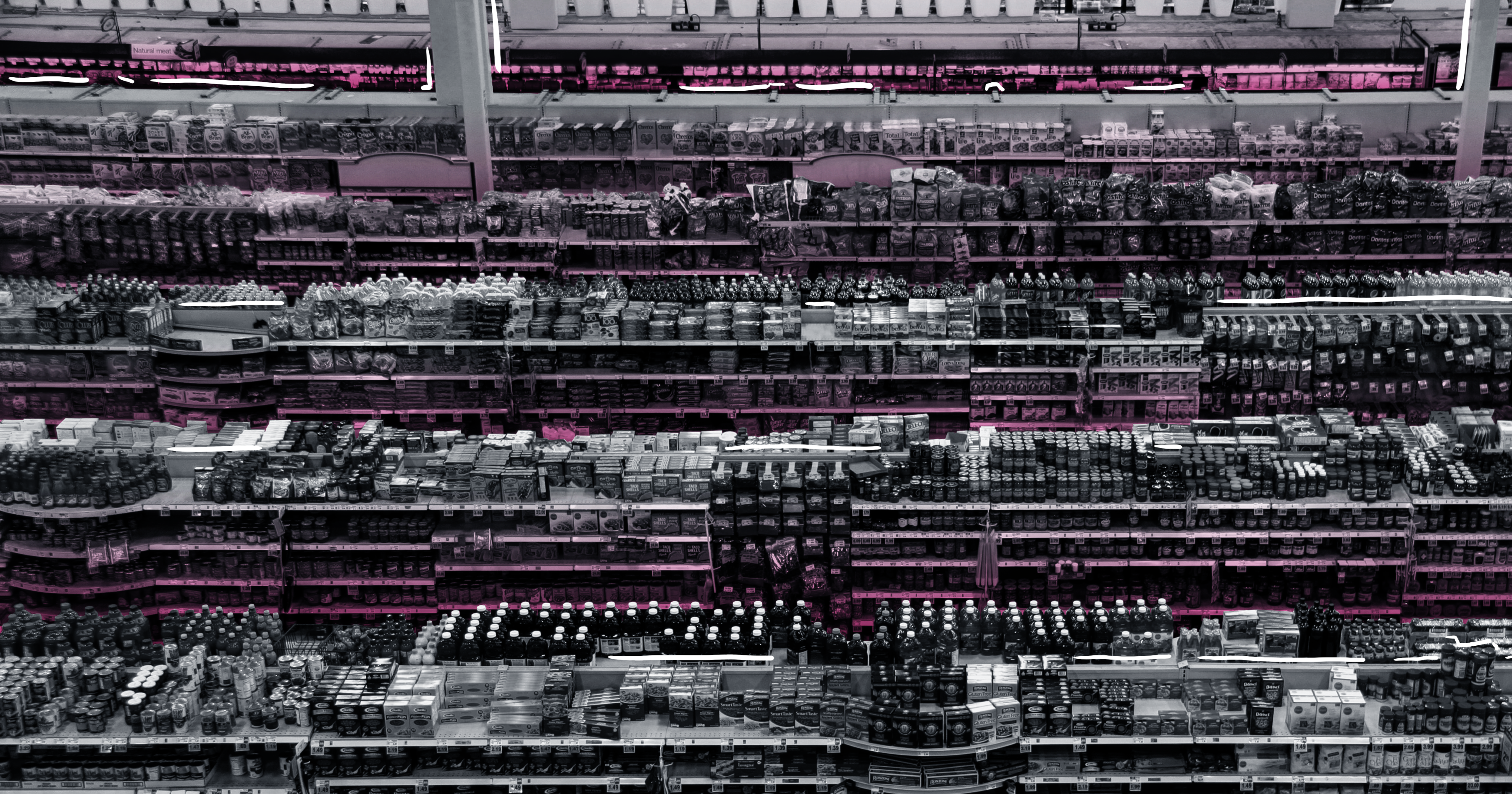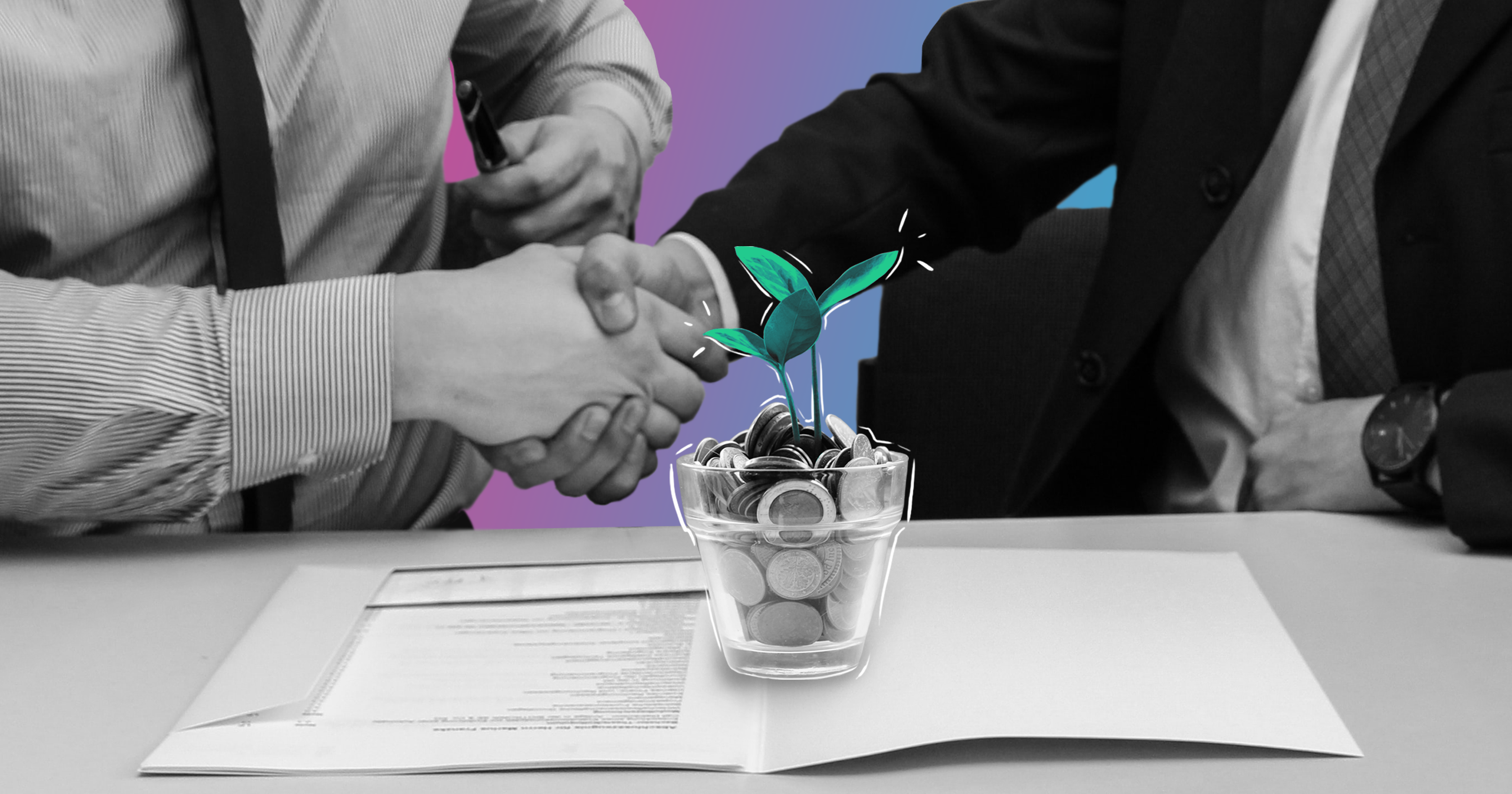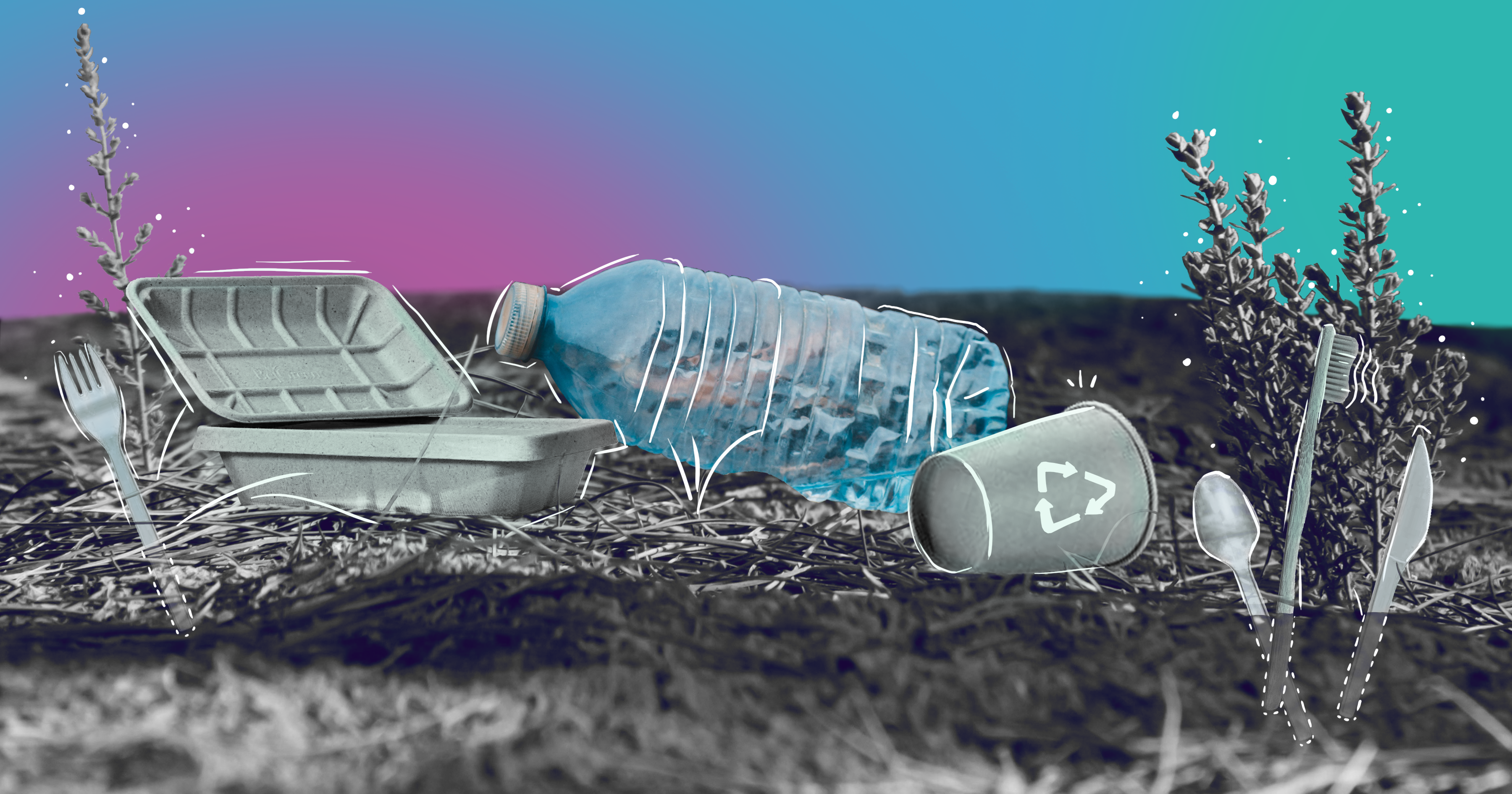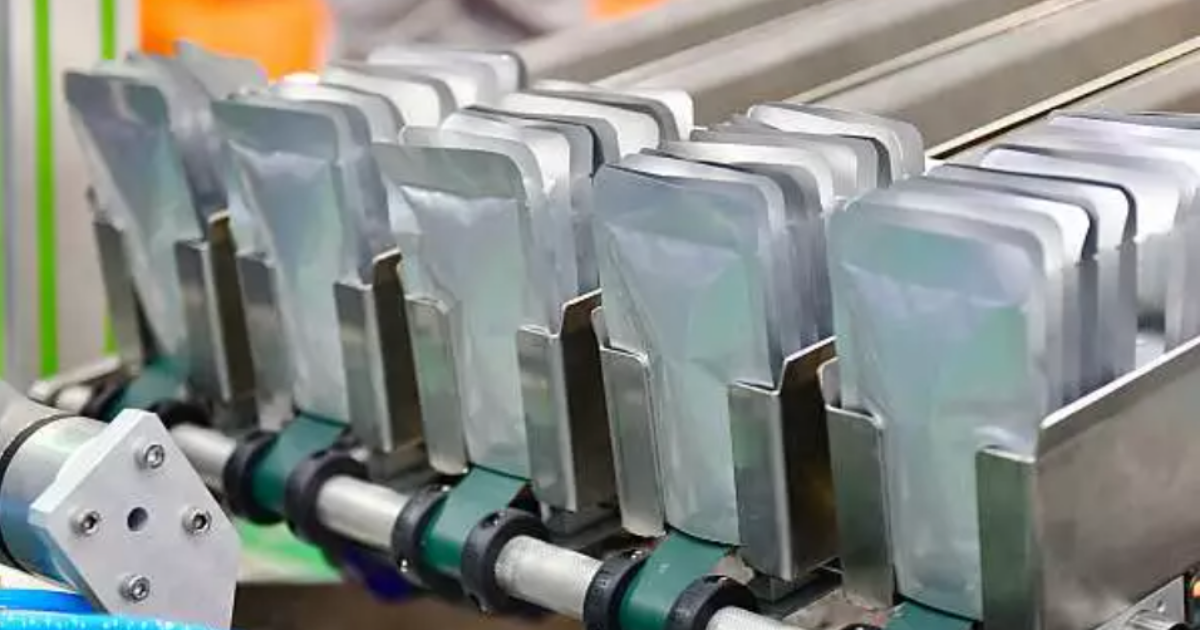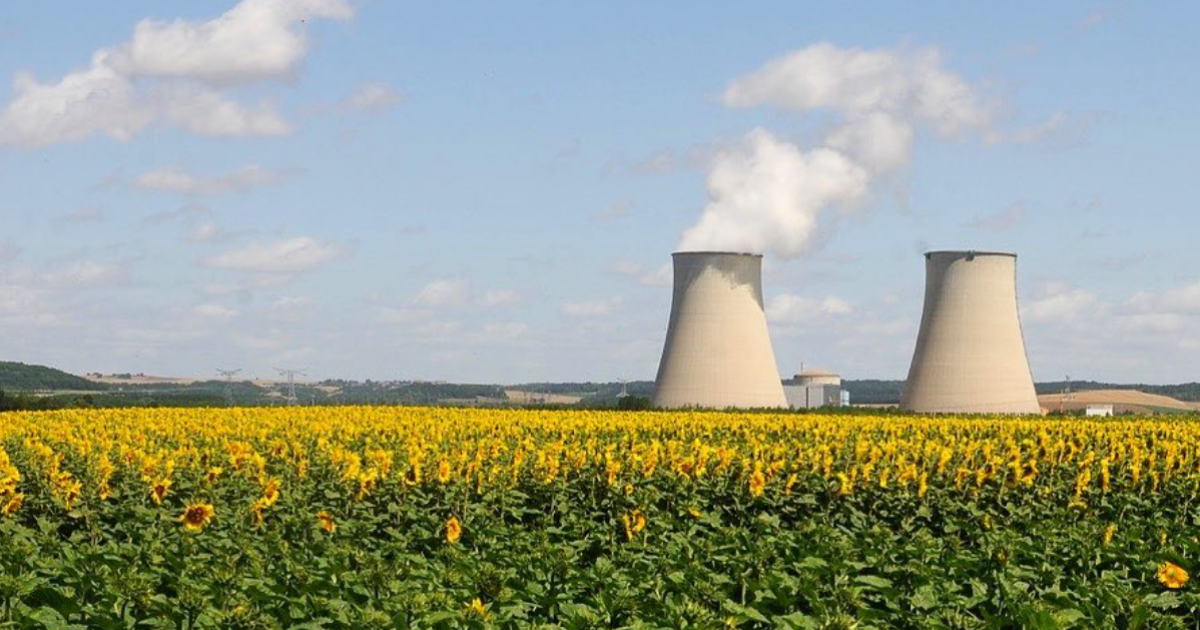Ahead of his scheduled talk at Sustainability in Packaging 2021, we caught up with Dan Felton, Executive Director of the American Institute for Packaging and the Environment (AMERIPEN). We discussed his busy first year at the institute, how collaboration improves policy and his thoughts on the future of sustainable packaging practices and policies.
Tell me a bit about the mission at AMERIPEN and your role there.
AMERIPEN was 10 years old last year. We were primarily founded as a trade association to advocate on behalf of the packaging industry. It means we work on policy–it’s the primary thing we do at the state level, at the federal level. We have a mission that is material neutral. That was part of the reason we were founded–to represent all materials. The second mission of AMERIPEN is to represent the entire packaging value chain; not only those who manufacture packaging and the people who supply the materials to manufacture the packaging, but then those who use the packaging. Finally, what makes us even more unique is we represent those who are dealing with the end-of-life packaging; those who recycle, recover, reprocess packaging into other materials.
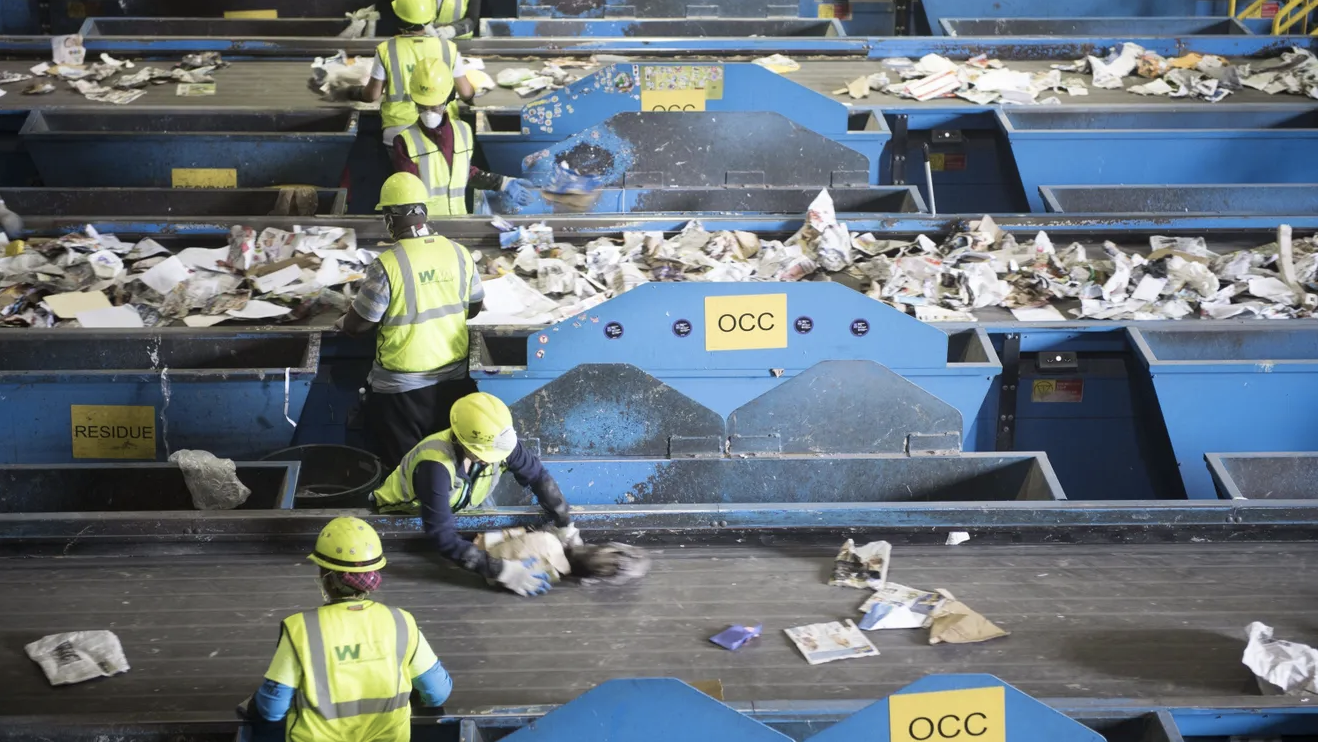
In year one in this new role, what did you perceive to be the biggest challenges facing sustainable packaging? What are some of the things you’ve been focused on?
We have some issues which we are being pressed on, particularly at the state level, and it’s around the concept of producer responsibility. Lots of states have laws in place that require the producers of a product to help pay for the recovery of it. But what we don’t have are laws around packaging producers helping to pay for the recovery of their materials. That’s a growing dialogue in the U.S., particularly over the last couple of years. We know that’s the primary issue we’ll be working on in the coming years, and marrying that up with the concept of sustainable packaging can be a bit challenging.
As sustainable packaging is advancing, we have member companies, both from the packaging perspective and the brand perspective, trying to establish and state public goals on making sure their packaging is recycled, recyclable or has recycled content. But the challenge is marrying that up with the concept of producer responsibility when some policymakers would prefer to ban materials rather than to find a vehicle to make sure those materials can be recovered and recycled. We need to find a way to put those two together so companies can continue to develop sustainable packaging but not be prohibited or hobbled by policy that moves forward.
Conversely, what has you excited or optimistic for the future?
The pandemic changed a lot of things around the discussion around packaging. For instance, there’s been a push to ban certain types of plastic or ban single-use products. Now COVID happened, suddenly people are looking at single-use plastic and products that they know they need to continue to use because of the pandemic. We’ve been having a really interesting dialogue about how the consumer does the tradeoffs–are they willing to recognize sustainable packaging and sustainability initiatives, and how do they weigh that with packaging restrictions? Is it more important to them that packaging doesn’t exist, or do we make sustainability go away all together because we just need to be safe and hygienic?
I think the two can exist. That’s the discussion we’re having and our members are exploring–the two can exist together. It’s an exciting time because it has caused companies to look more closely at sustainability but also understand consumer concerns around that versus safety because of the pandemic.
Now COVID happened, suddenly people are looking at single-use plastic and products that they know they need to continue to use because of the pandemic. We’ve been having a really interesting dialogue about how the consumer does the tradeoffs.
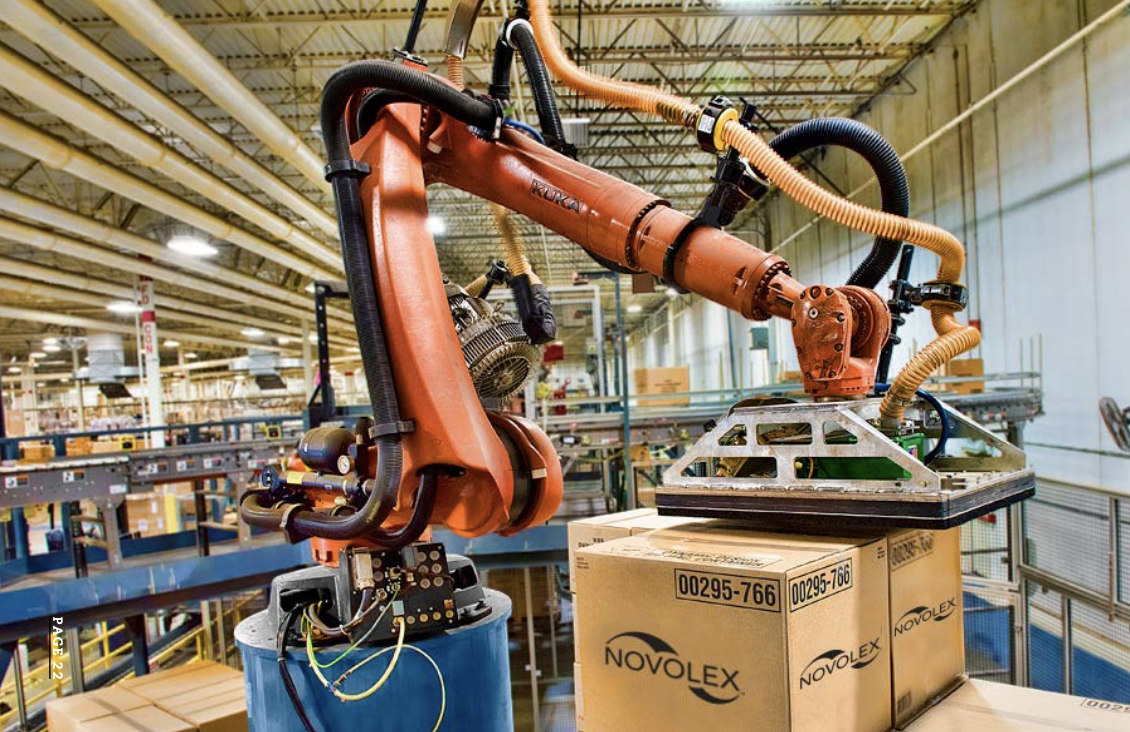
How do you see AMERIPEN shaping the future of sustainability in packaging–both in dialogue and in practice? What are some of those building blocks already in place that will help you get there?
We’re obviously going to continue the dialogue with all stakeholders looking specifically at sustainability. The one thing we did very late in 2020 was establish the new sustainability committee for AMERIPEN. We have what’s called standing committees–we work on policy, communication, membership growth and retention. We decided that we also wanted to have a sustainability committee, recognizing that this is a growing component within packaging companies. A lot more companies are bringing on sustainability directors, vice presidents, teams, and we wanted to make sure they had a voice within AMERIPEN.
We started this committee with a charter and had a couple meetings at the end of the year. What’s exciting about that is talking with those members about how we can take the sustainability initiatives and interests that they have and potentially transforming those into policies. How do we take a look at the things they’re working on and develop policy positions for AMERIPEN specific to sustainability issues that impact the packaging industry? We don’t have those policies set yet; we’re starting to kick around different ideas. The point is to make sure the voice around sustainability for packaging is heard and that we are moving forward as an advocacy organization with policy that marries up with those sustainability initiatives.
We decided that we also wanted to have a sustainability committee, recognizing that this is a growing component within packaging companies. A lot more companies are bringing on sustainability directors, vice presidents, teams, and we wanted to make sure they had a voice within AMERIPEN.
What have you found to be some of the keys to effective, productive discourse on the topics of sustainability and packaging?
We really have to do our best to involve all stakeholders. That can be difficult sometimes, to be talking with the environmental groups, to be talking with the policy makers who are dug in on a particular topic that might not align with what we are interested in. We’ve had some great conversations recently about the waste industry, about how they feel about producer responsibility. While they’re not the ones who are going to pay to recover packaging, they are intimately involved in that because they’re the ones at that end-of-life-part of the chain and so they have a voice in the process.
That is what’s fun about having these policy discussions and advocating, but it really is incumbent upon us. We get really good feedback on making sure we’re including as many different stakeholders as possible.
The other thing I would add is we want to make sure that we always have sound data, science and research behind what we are working on. That can be difficult sometimes, too, because it means putting some more work on the table to really understand the dynamics around the things we’re working on, but it does create a better, more robust dialogue at the end of the day. It’s really important to make sure we stay focused on backing up our policies and advocacy with good research and data.
That is what’s fun about having these policy discussions and advocating, but it really is incumbent upon us. We get really good feedback on making sure we’re including as many different stakeholders as possible.

Shifting gears to the conference specifically, what will be the theme of your talk?
We have taken on a study that may be wrapped as soon as the end of this month to look at supply and demand issues around recycled content. If a company is saying, “We want 25 percent recycled content in our products by 2030,” how are they going to get there? Is the supply there? If the supply isn’t there, how might we get there? That’s a study that we will have done by the time I speak in March at Sustainability in Packaging. I’ll be ready to talk about it and present some of the results from the study and also within that say, “Hey, here are some policy things we might consider in order to advance those goals and help the supply and demand marry up with each other.”
What speakers are you looking forward to or topics you’re excited to learn more about?
I will tell you one thing that was really great last year was a consumer panel. They brought up a whole bunch of consumers onstage for one session and they presented their thoughts on packaging and had the audience offer some questions and insight. In some respects, it was a difficult conversation because consumers have a lot of thoughts about packaging; some are correct, some are not. I don’t know if they’re planning to do it again, but I hope they do because, from our perspective, we can always be engaging more with consumers. They’re the key to a lot of it. If you’ve got consumers requesting companies to be more sustainable–whatever that may mean–they have a strong voice in the process.



